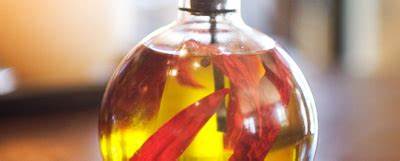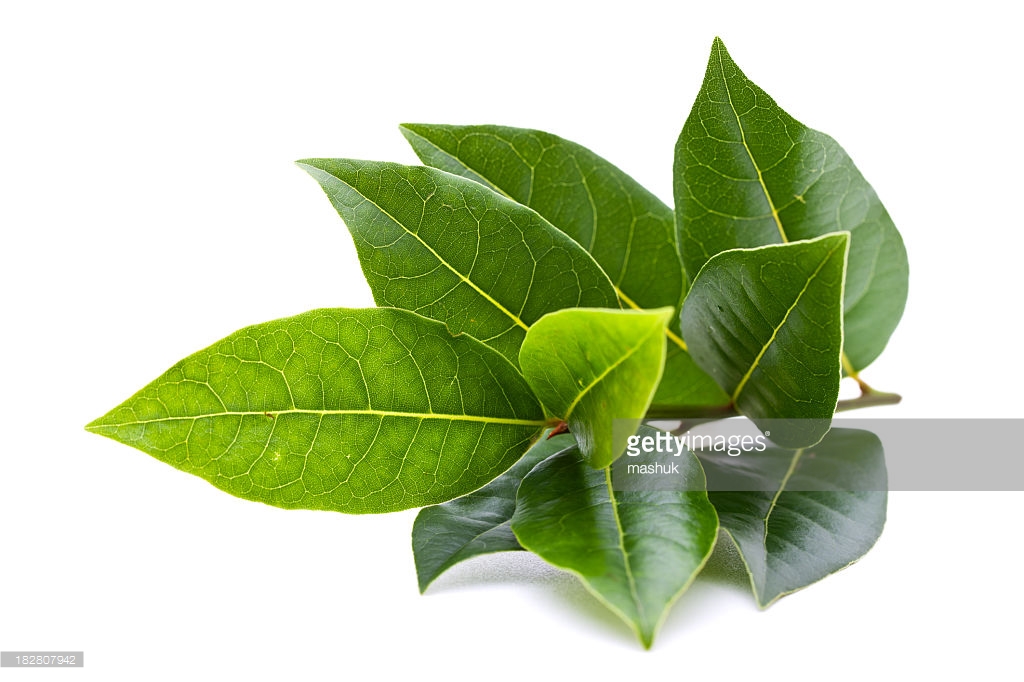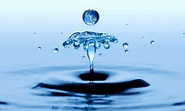Manufacture and Use Of Hydrosols




Manufacture and Use Of Hydrosols
For the early distillers who could barely grow enough roses or produce as much hydrosol as was demanded by their wealthy clientele, the issue of storage was unimportant. Let us assume that the hydrosols either were used quickly so they never had time to "go off" or were stored like foods, in cellars or cooler environments and in clay vessels, since evaporation through the clay would help keep the contents cool.
The waters, being far less expensive than the oils became the product that filtered its way into general use. One of the ways they were used was in cooking. Desserts were heavily fragranced with honey, spices, and waters of rose and orange blossom.
But again, in these times we must assume either that the waters were produced and used so quickly that spoilage was uncommon or, and perhaps more correctly, that even if they developed bacteria or "went off" they were used anyway.
Modern research shows that large quantities of ground clove bud added to contaminated meat can render it completely safe for human consumption while not destroying its palatability. But except for a few hydrosols like rose, neroli, sage, and oregano, interest in the waters and their value waned as the value of the oils was recognized.
The end of the nineteenth century saw the discovery of the germ. Science entered our lives, and essential oils proved themselves worthy of study not only as substances that could kill these germs but as compounds of interest in the pursuit of chemical knowledge.
Much of the first research in biochemistry was done with essential oils. They were already highly refined, and it was easier to isolate their parts than those of the whole plant. During the modern renaissance of aromatherapy, the oils naturally became the first substances to regain popularity.
For all the same reasons that they were desired in the past, oils came to mean aromatherapy, and vice versa. But as with renaissance, as time goes by, interest broadens and people seek greater understanding and more diversity in knowledge.
Now, at the end of the millennium, we see the rebirth of interest in plant waters, and one day they may be a form of aromatherapy completely independent of the oils.
Reference: Hydrosols The Next Aromatherapy: Suzanne Catty
A Place in History






A Place in History
In the beginning of humankind's love affair with odor was the issue of survival. Smelling danger, smelling what was good to eat to drink, smelling a healthy potential mate, smelling weather....these were the aromatics that helped humankind survive and evolve. Then we discovered fire. Smoke from burning aromatic woods developed mystical powers. Teas, infusions, decoctions, and macerations in both oil and water followed, and fire helped us produce these mixtures.
As was mentioned before, distillation seems to have appeared at odd, seemingly unconnected intervals prior to its perfection in the eleventh century. Archaeological investigation indicates that water -hydrosol, to be precise-was the product coming off the early stills. It is also important to remember that the development of herb "gardens" began a very long time ago.
Aromatherapy is, after all, an herbal or phytotherapy, and it is the connection with the power of the earth that we accessed through the plants. Distillation was just another step in our quest to access the magic, that quinta essentia that is the power of nature. It is estimated that humans started saving and planting seeds some ten thousand to twelve thousand years ago.
The Egyptians were planting herbs, trees, and sacred flowers for religious, health, and aesthetic uses over four thousand years ago, and the Roman Chamomile (Chamaemelum nobile), has been identified as one of the main ingredients in the embalmed mummy of Ramses 11(d.1224 B.C).
The Romans already occupied an area from Turkey to France by the time Theophrastus wrote his herbal Historia Plantarum in 300 B.C., and plant material from all corners of the empire were exchanged and planted in gardens for their myriad properties. The early Christians based on their monastic gardens on the designs of the Egyptians, Syrians, Persians, and Romans; "When Saint Benedict founded the Benedictine order at Monte Cassino in Italy in 540 A.D., gardening was second only to prayer in the monastic regime."
It seems perfectly reasonable-when one considers that plants and spirituality or ritual have been inextricably linked since the evolution of humankind-to return to that thinking today. Science does not have all the answers to the magic properties of the plant realm, and if we are truly to call ourselves aromatherapists, herbalists, naturopaths, or any similar title, we must surely recognize and embrace the spiritual and energetic aspect of our work with the natural wold.
The earth itself was once recognized as a goddess, Gaia, and honoured for its gifts. The recognition of Gaia has returned, starting with the scientists of today. In the Islamic traditions the rose has its tradition in a drop of sweat from the brow of Muhammad. The word baccalaureate came from the Greek practice of crowning graduating doctors with the Bacca laureus, a garland of bay leaves.
And even sixty thousand years ago we used plants as part of the rites of burial. In the grave of a Neanderthal man found in Iraq in the 1970s, the body was surrounded with flowers, including yarrow, still widely known for its therapeutic properties.
Reference: Hydrosols-The Next Aromatherapy: Suzanne Catty
Bathing





Bathing
In India the practice of therapeutic bathing extends back thirty-five hundred years, and the sacred Ganges River has been used by humans since the beginning of time! The Romans prescribed baths for chronic liver and kidney problems; the Chinese for cramps, convulsions, and syphilitic ulcers. Various cultures have used bathing for gout, kidney stones, rheumatism, dropsy, and melancholy.
The British city of Bath is named for the facilities built around the curative waters of the river Avon, discovered in 860 B.C. In 1920 the American physiologist H.C. Bazett observed that "a marked duiresis, or increased urinary execretion, was one of the most characteristic effects of such baths on healthy men. Further study demonstrated that whether the water was cold, tepid, or warm made no difference in this effect, but full immersion of the trunk of the body did.
Partial immersion of the limbs alone, or even the shallow immersion of a home bathtub, did not cause increased urination. Sitting up to the neck in a pool for a few hours , however, clearly increased the excretion of water, salts, and urea, the chief components of urine. "These results have been repeated in many studies. Total immersion can stimulate the body to excrete as much as two liters of sweat and urine during treatment.
I cases of edema, phlebitis, and kidney problems, this can bring significant relief. Hepato-renal failure, late-pregnancy toxemia, cirrhosis of the liver, and high blood pressure have all responded well to deep-water immersion in clinical trials in the United States, Britain, and Russia. Total immersion is tepid or cool water is still used to treat typhoid and smallpox and is based on the theories developed by a Scottish physician Dr.James Currier, working in the early 1800s.The same treatment can be used for high fever, coupled with the consumption of three or four large glasses of room-temperature water.
Swimming is often the first exercise recommended to people who have suffered an accident or injury. It is a gentle, low-impact, low-gravity activity providing a level of resistance that benefits muscle tissue and provides cardiovascular exercise as well. Even a racehorses get exercised in swimming pools as part of their training and injury-recovery program.
When we immerse ourselves in seawater, the water from a mineral spring, or any water enhanced with natural salts and add products like hydrosols and essential oils, we create a synergies that have additional positive effects. The Dead Sea is famed for its health rejuvenating properties, as are spas. A new appreciation for the healing properties of water is steadily growing, and hydrosols are a key element in the search for benefits of hydrotherapy.
Reference: Hydrosols-The Next Aromatherapy: Suzanne Catty
Water Therapy
 |
 |
 |
 |
 |
Water Therapy
Drinking water is the first essential to maintaining health, but there are many more ways to use water therapeutically. Bathing is one of the nicest and, at least in North America, one of the most forgotten.
I often ask my clients if they bathe, and the usual reply is, "I have a shower every morning." Showering is not bathing. Showering is washing, and although they are a part of health maintenance, showers can be more healthy if you end with a blast of cold water or just use jet streams and the like.
However, a shower is still not a bath. Bathing involves submersing every part of the body, from neck to feet, simultaneously.
Reference: Hydrosols - The Next Aromatherapy: Suzanne Catty
Articles - Most Read
- Home
- What are Hydrosols
- What are Hydrosols-2
- The Monographs
- How to Make a Hydrosol
- Table of Common Latin Names and pH Values - F - O
- Distilled or Extracted Specifically For Therapeutic Use - 3
- Kurt Schnaubelt
- What isn't a Hydrosol?
- Table of Common Latin Names and pH Values - P - S
- Wholly Water!
- Blue Babies
- Supply and Demands
- Mature Skin
- Recipes Alpha F
- Hydrosols In The Marketplace
- Chemicals: Friends or Foes?
- Hemorrhoids
- Nelly GrosJean
- Water as Medicine
- The Educated Consumer
- Genitically Modified Plants
- Influences
- Water Quality
Articles-latest
- Daucus carota/Wild Carrot Seed - pH 3.8-4.0
- Cupressus sempervirens/ Cypress-pH3.5-3.7
- Coriandrum sativum/Coriander Herb-and-Seed
- Comptonia peregrinal/Sweet Fern- pH 3.8
- Citrus clementine (fe) Clementine Petitgrain- pH 4.3-4.4
- Citrus aurantium var. amara (flos) /Neroli Orange Blossom-pH3.8-4.5
- Cistus ladaniferus/Rock Rose-pH 2.9-3.1
- Cinnamomum zeylanicum (ec) Cinnamon Bark-pH3.3
- Chamaemelum nobile/Roman Chamomile - pH 3.0-3,3
- Centaurea cyanus/Cornflower/Bachelor's Button-pH 4.7-5.0
- Cedrus atlantical/Cedarwood/Atlas Cedar-pH 4.1- 4.2
- Hydrosols -The PH - Anomalies
- Hydrosols- Establishing Shelf Life and Stability
- Boswellia carterii/FRANKINCENSE
- Asarum canadense/ Wild Ginger/Canadian Ginger
- Artemesia vulgaris / Artemesia
- ARTEMESIA DRACUNCULUS - TARRAGON
- Angelica archangelica / Angelica Root - Hydrosols
- The Key, or More Correctly, the pH - 2 - Hydrosols
- The Key, or More Correctly, the pH-Hydrosols
- The Hard pHacts - Hydrosols
- Calamus Root/Sweet Flag - ACORUS CALAMUS
- Yarrow - Achillea millefolium - Hydrosols
- Balsam Fir - Abies balsamea - Hydrosols

